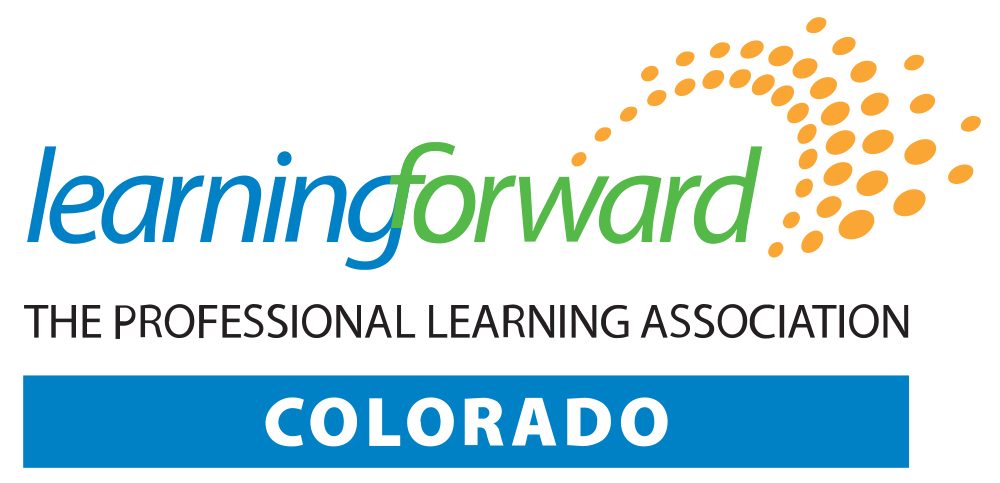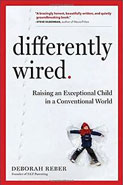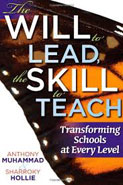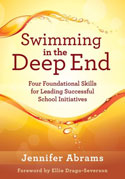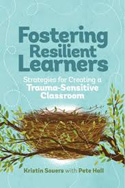Books with Impact
The most important thing to know is that everyone, regardless of race, colour, or background can be racist. People of colour can be racist against other people of colour or cultures. How to be anti-racist is understanding yourself (your privilege) and your beliefs. There is no such thing as not being racist. We all need to strive to be anti-racist, which means learning new ways to think and how to change racist policies.
Reber, host of the podcast, TILT parenting, shares her own challenging story of raising a twice-exceptional child in our society and in the world of education. Many enter the journey of parenting with expectations of how it should look, yet some experience the journey as less than their expectations. She shares heart-wrenching stories from parents who desperately try to make their child “normal,” and continues to write about TILTS or various strategies of looking at parenting for DW children.
What’s the most important thing to know?
School reform involves a combination of developing the learning environment (the will) and developing strong instruction (the skill). Educators are called to be leaders of this will (that all children can learn and perform academically) within their school culture and the skill (the use of responsive instruction) as the keys to ensuring students learn at high levels. This means engaging and reaching students on their own terms with attention to their cultural, home, and community experiences.
What’s the most important thing to know?
Author Jennifer Abrams brings a strong and compelling desire to push educators to lead with integrity within their everyday work. She lays out four foundational skills any educator needs to utilize as they do the hard work of bringing large change in schools. This text can benefit anyone: teachers, teacher teams, coaches, administrators, district leadership, etc to create change in classrooms, buildings and districts. The work starts with you, the educator and your desire to do the work!
Souers and Hall guide educators in building trauma sensitive learning environments by shifting our focus from reacting to unhealthy student behaviors toward understanding and preventing these behaviors. Students who experience chronic stress and trauma live in their downstairs brains. When we stay regulated, consistent, and reliable in our upstairs brain in the face of student misbehavior, we are modeling appropriate ways to manage stress and empowering students to problem solve on their own.
Overall, the message about feedback is stop saying “giving” and “receiving” feedback. Instead, ask to engage people in a learning process. Trust the learner as a professional with their own autonomy and agency. This will reshape the culture in schools and school systems if the feedback process focused on “learning” is a part of all levels in the system.
